-
Posts
971 -
Joined
-
Last visited
Content Type
Profiles
Forums
Articles
Gallery
Downloads
Events
Posts posted by iron woodrow
-
-
14 hours ago, littleblacksmith said:
Brian is now in Brazil
Surely you mean Brian Brazil?
-
On 8/17/2018 at 12:51 AM, ThomasPowers said:
The "weird" ones we get out here were generally lead packing tools for oldstyle plumbing where you would have cast iron pipes and at the joins you would pack oakum into the joints and then cover it with poured lead. They look a lot like oddly bent chisels except they have a flat on the end instead of an edge
Known as caulking irons in our neck of the globe (caulking being hammering soft stuff between hard stuff so wet or blowy stuff cannot get in or out)
-
Spoiling nice anvil! Give it to us small and hornless!
You keep nasty london pattern!
...You're hopeless.
-
Second one down is a split pin punch, for removing split pins (cotter pins in usa??)
4th one looks like a lathe dead centre that someone has been using as a punch or drift.
And the last one looks to me like a small caulking iron
-
4 hours ago, JHCC said:
The OP specifically said that the rail was 15” long.
Not really the point. You can have 15" of 25lb (per ft) rail....
But now we have the photos so it makes more sense..
No way that learner smith will ever distort that web.
-
4 hours ago, Charles R. Stevens said:
the OP said he had a chunk of rail. Beter than the AFO,
What weight rail? What age? How worn?
Without knowing, it is impossible to say if it is better or not.
-
I have noted here that marc has remained quite respectful and calm, while others have not.
I agree with the concept that rail on end is not superior to an aso that has already been purchased.
I learned on a piece of railway line (horizontal) that had been crudely shaped into an anvil, never did the web noticeably distort, nor as a beginner did it matter if it had.
One thing that hasnt been mentioned is the rail poundage.
35lb rail would be completely unsuited to the task.
Anything under 100lb would be quite useless as the ball (top) of the rail is too small.
I have forged a lot on replica viking anvils and on rail on end as well as on a sledgehammer head and in my opinion the ONLY similarity is a smaller face.
The rail was awkward to say the least. The viking anvil far superior to either of the other two.
-
Whats he always yellin about?
-
Looks tasty. How long till he's ready for the pot?
-
Funny how as soon as you mention chickens as pets, someone talks about eating them.
Every time someone mentions dogs, horses or cats, i like to mention eating them just to keep things fair.
-
They went underground in a big way!
-
The first time i saw them i had no idea, then i was doing some light reading with my morning coffee, found the cut and took a photo, and completely forgot to mention it the next time i was up, you know how distracted i get up there!
-
On 8/1/2018 at 10:58 AM, ThomasPowers said:
There are pictures of steel toed flip flops out there, I believed they were Australian. (hmm here is a pair, a bit upscale from the ones I remember: www.sandipointe.com/im/sandals/steel-toe-sandals-0.jpg)

No steel toed flip flops over here, mate, We use steel cap thongs.
-
-
I havent seen them in the mining section, but that is probably because they didn't want to print it twice!
-
-
4 hours ago, Marc1 said:
You use fish and chip oil with chips still in it?

When the oil is emptied out of the fryer it is put into drums. There are still chips and other bits at the bottom of the fryer... and thence the drum.
3 hours ago, JHCC said:iron Woodrow, could you please start a new thread in the proper section with drawings and photographs, so that others interested in such a setup can find it easily? Thanks.
Im not ready for that sort of responsibility. People would be asking questions and asking for plans.
You know what i always say about plans? i dont have one!
As i said, no fancy stuff required, just a way to regulate and dribble the oil into the airblast, a good size blower, and a suitable refractory lined vessel. And no chips.
-
No need to get complicated. A big tube with the blast going in and a smaller copper tube shoved in at an angle so it dribbles oil into the air flow as it enters the furnace. The design failed initially because chips were clogging the ball valve. Filtering solved that and now she runs like a dream.
-
5 hours ago, jlpservicesinc said:
How are you lighting it to switch over to oil? Just drip ( Gravity feed vs pressurized) from the oil tank to the air tube?
Shove some dead grass in, light it up, turn the blower on, turn the oil on (gravity drip feed)- WOOF! she's lit!
Takes about 20 mins to heat up from cold to forging temp.
The floor of george II (the forge) was metling yesterday, and it is made from 1600°c hard face refractory!
-
Yes fish and chip oil. Filtered. Through a ball valve into the forced air pipe. No fancy schmancy just an old 45gk lpg bottle with refractory lining
Tempering the springs today
-
-
2 hours ago, jason0012 said:
and it keeps getting bigger.
/|\ he ain't lyin!
The more heavy things you move, the more heavy things seem to come your way!
-
I got used to disappointment rather early on, now i have progressed to a higher level of "meh"
-
Jen, the starting stock size was 75×25×600 (millimetres) They were called boneshakers for a reason!. Once complete they will have timber cart wheels with steel tyres instead of the plywood display wheels on it now.
The calculation of volume is exactly the same in metric and imperial, as long as you dont mix anything up (ie: mm with m, or ' with ".)
That said, it is far more favourable to use decimal, since dividing or multiplying fractions by pi is a brain melter, which i guess is why users of the imperial system usually dismiss formulas as hocus pocus (too hard)
Your method of using weights from lengths in stock catalogues is pretty much the same, with the exception of tapered sections, and i was told of the weighing technique by the boss when i did my apprenticeship.
While i see your the point of your previous posts, i still believe that in a forum such as this, the positives of pointing out the multitude of ways to skin a cat far outweigh the negatives.
This trade draws from so many different types of people with more backgrounds than one can poke a pointy stick at, and some are learners through trial and error, whereas others prefer theory. It is important to point out that there is no one way to be a master of this trade.
I learned when training apprentices that there is no fix all way to teach, and some loved calculating volumes, while some loved wasting the bosses time, stock and money by not taking on simple mathematics and just going for it.
Unless you have years of experience through working out how much 90mm round it takes to make a 25mm square 500mm long, or have someone to give you a table of volumes, then how hard is it to string a few numbers together?
500× (25×25) = 312500
The area of 90mm round is determined by using pi×(r×r)
3.14×(45×45) =6358.5
312500÷6358.5= 49.14 (round up to 50 for scale loss)
50mm of 90mm round will give 500mm of 25 square.
This was not intended as a lecture to anyone in particular, but since examples were called for I thought why not (smileyface)
I hope someone finds this thread one day and learns something from us, since each one has a different style!

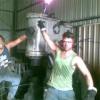
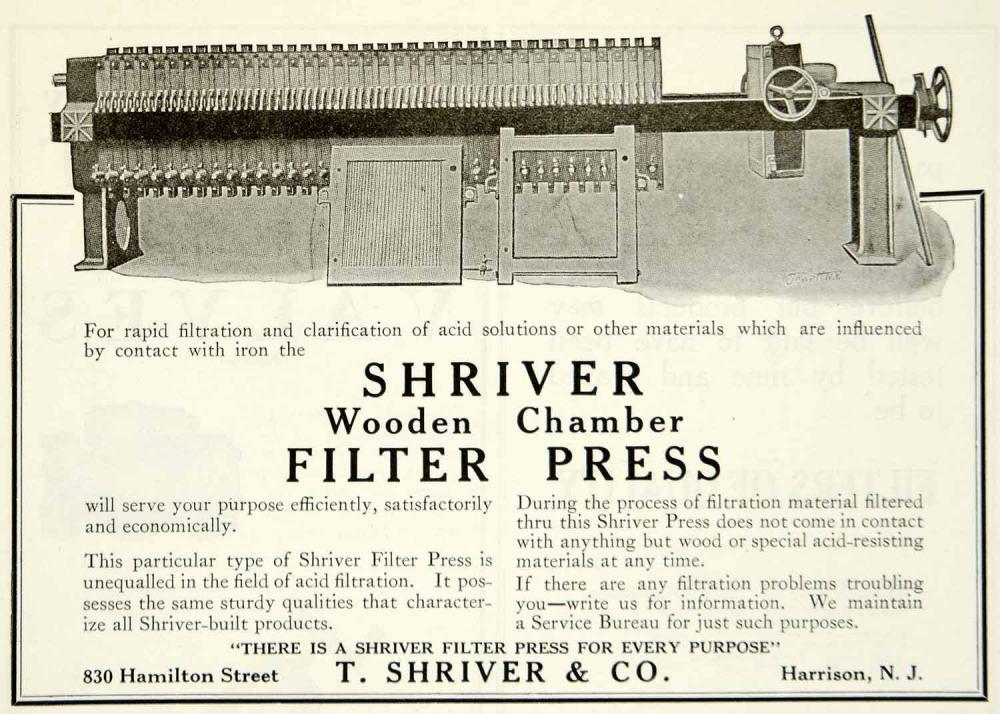
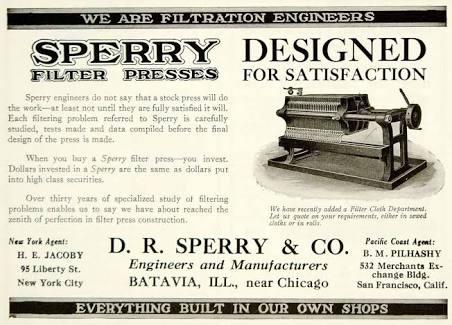
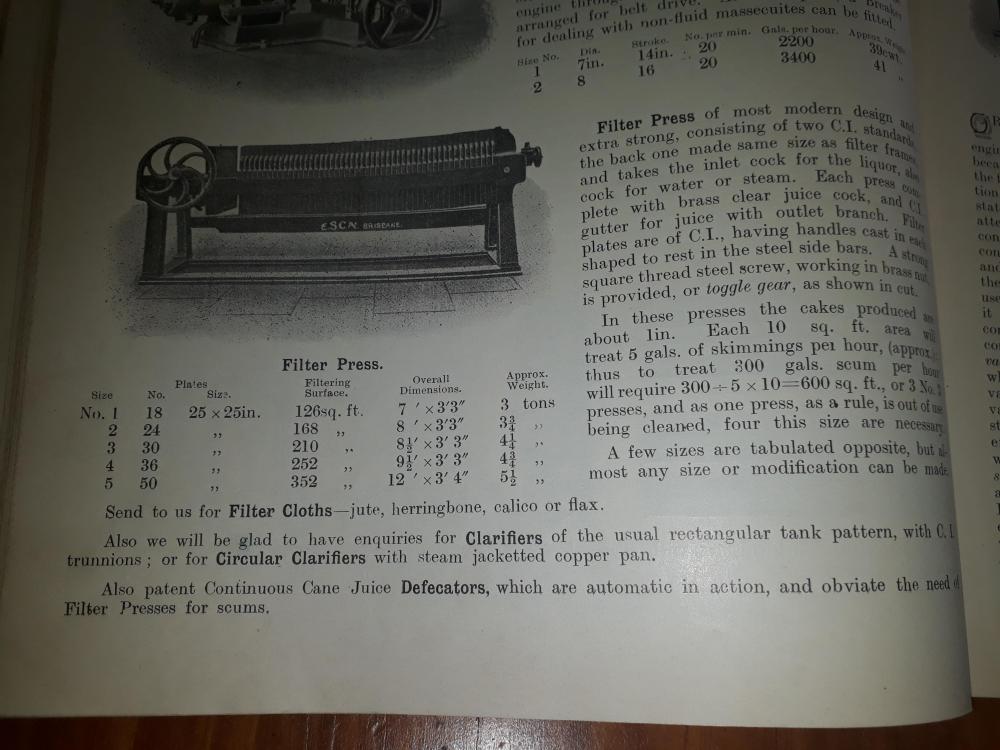
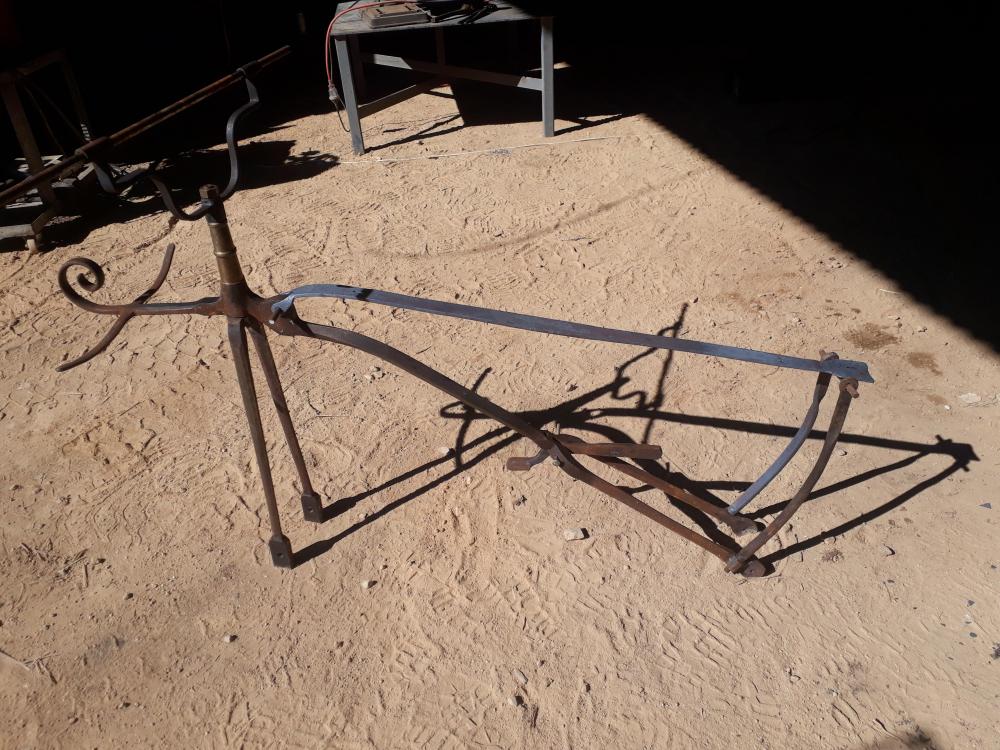
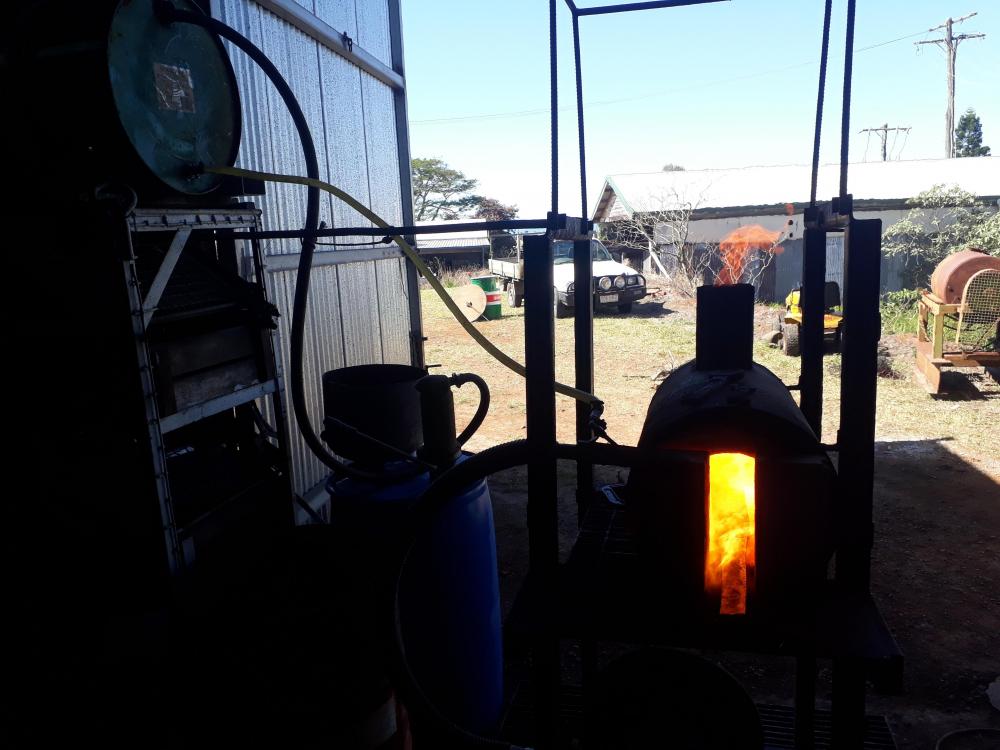
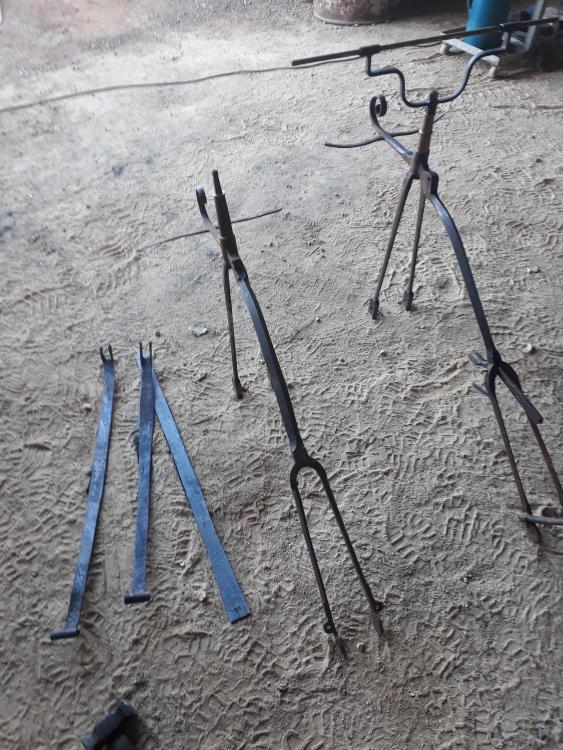
Brian Brazeal classes?
in Everything Else
Posted
Does Brian often abscond to brazil when he is in trouble?
No wonder they call him Brian Brazil